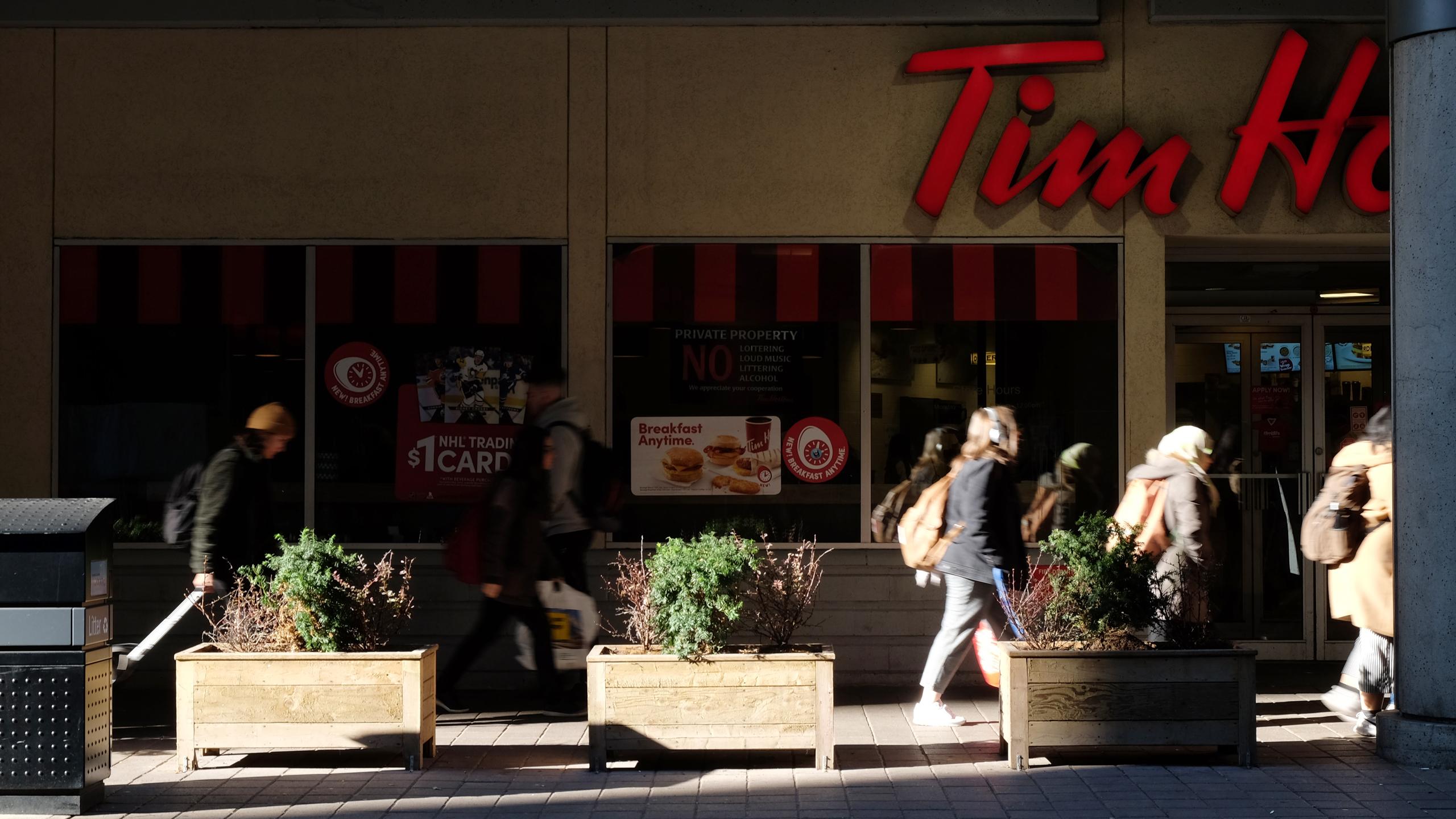By Georgia Mills
The fences and planters installed on Victoria Street are pushing marginalized people further into the margins, advocates say.
Over the last year, wire fencing and potted plants have been installed near Dundas and Victoria streets to restrict long-term access to these areas and encourage people experiencing homelessness to access city services.
The Downtown Yonge Business Improvement Area (BIA) installed planters outside the Tim Hortons on Victoria Street in March. More recently, over the summer, Ryerson University installed a fence to separate the Victoria Building from the supervised injection site next door at The Works.
Any fences erected on university property are, “For the safety and assistance of our community members,” Ryerson’s Public Affairs office said in a statement.
But implementing “aggressive architecture,” into an environment is far from a solution, said Pascal Murphy, an instructor at Ryerson who teaches in the areas of homelessness, disasters, and social and environmental justice.
“[The plants and fence] are representative of our rejection of human beings,” he said.
The potted plants on Victoria Street were targeted at Jason, a man who used the area outside of the Tim Hortons for shelter.
When the plants were put up, Jason moved directly across the street to a patch of sidewalk without any shelter overhead.
“Life—you take it day by day,” Jason said. The biggest changes he’s noticed since the planters were installed have been less protection from the elements and drawing more attention to himself from passersby.
The Downtown Yonge BIA declined to comment.
After the planters were installed in March, Mark Garner, chief operating officer and executive director of the Downtown Yonge BIA, told The Eye they were installed in an attempt to get Jason “help.”
“He’s got dental issues, various mental health issues—he’s been at that space for close to 10 years. If we don’t do something for him, he’s going to die on the street,” Garner said.
Murphy said that there are people who have experienced homelessness and drug abuse within the Ryerson community so the barriers send an unwelcome message to the university’s community.
“You do have to recognize that there is pain with each of those experiences and in our rejection of people, we’re contributing to that pain,” he said.
Mitchell Kosny, a professor and interim director at Ryerson’s School of Urban and Regional Planning, is hesitant to refer to these implementations as hostile architecture, and instead described the fence and planters as barriers and impediments.
“We want to make it uncomfortable,” he said. “They’re really there to prevent—let’s call it what it is—certain kinds of people. In this case it’s [preventing] street people from camping out.”
Kapri Rabin, the executive director of Street Health, a non-profit agency dedicated to improving the health and well-being of homeless and under-housed people in Toronto, said the physical barriers aren’t actually working.
“Putting up a fence is continuing to create more marginalization amongst folks who are already marginalized,” said Rabin. “The only way to solve the problem of homelessness in the city is to improve people’s access to housing that is deeply affordable.”
Ryerson is attempting to deal with an issue, she said, “but we know that creating barriers for people is not a way of actually improving their situation.”











Leave a Reply